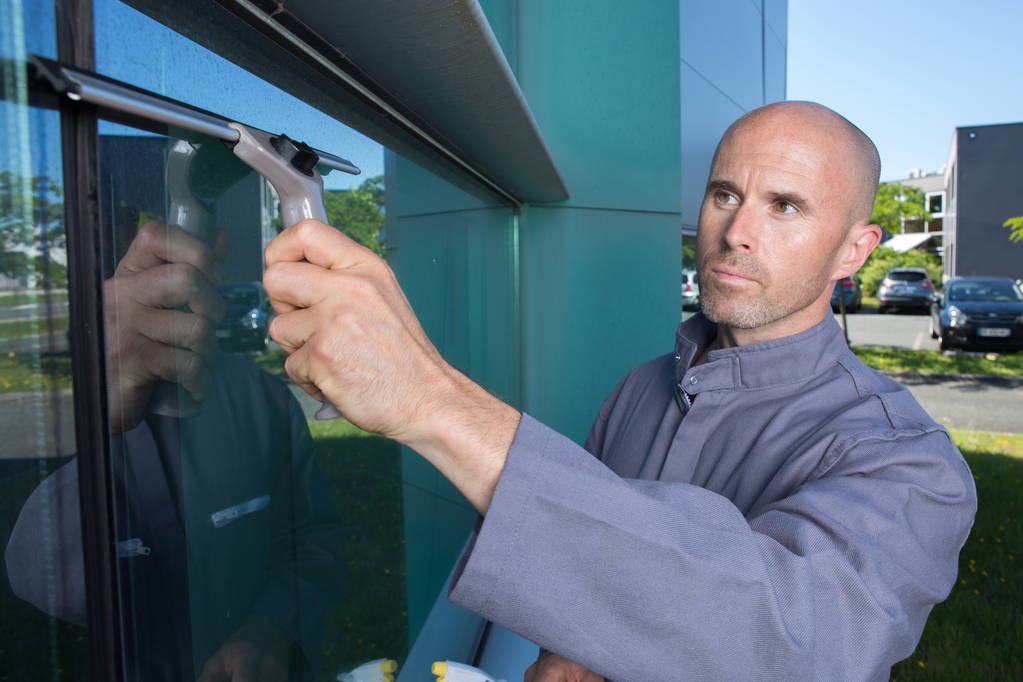In the competitive world of the restaurant industry, ensuring a successful startup is no easy feat. With countless challenges to navigate, from concept development to menu planning, staffing, and financial management, it’s easy to feel overwhelmed. That’s where a restaurant startup consultant comes into the picture.

In this article, we’ll explore the role of a startup consultant, their duties, and how to choose the right one for your restaurant.
What Does a Startup Consultant Do?
A restaurant startup consultant is a seasoned professional with a deep understanding of the hospitality industry. Their primary goal is to guide aspiring restaurateurs and entrepreneurs through the challenging process of launching a new restaurant. Here are some key tasks they perform:
- Concept Development: They help you refine your restaurant concept, ensuring it aligns with your target audience and the local market.
- Market Research: Consultants conduct in-depth market research to identify potential competitors, market trends, and customer preferences.
- Business Plan Development: They assist in creating a comprehensive business plan, including financial projections, to secure funding and investments.
- Menu Development: Consultants offer expertise in designing a menu that’s both appealing to customers and profitable for the business.
- Staffing and Training: They aid in hiring and training your staff, ensuring they understand your vision and uphold your restaurant’s standards.
- Operational Efficiency: Consultants help streamline your restaurant’s operations for maximum efficiency and cost-effectiveness.
- Marketing Strategy: They offer guidance on marketing and branding strategies to attract customers.
What Are the Duties of a Food Consultant?
A food consultant specializes in the culinary aspects of your restaurant, focusing on the menu, ingredients, and kitchen operations. Their responsibilities typically include:
- Menu Planning: Collaborating with chefs to create a menu that combines creativity with profitability.
- Ingredient Sourcing: Finding the best suppliers for fresh and high-quality ingredients.
- Kitchen Layout and Equipment: Advising on kitchen setup and equipment to enhance workflow and productivity.
- Quality Control: Implementing quality control measures to ensure consistency in food preparation.
- Allergen Management: Ensuring your restaurant complies with allergen regulations and handles allergies appropriately.
- Recipe Development: Creating or enhancing recipes to set your restaurant’s dishes apart.
Should I Use a Restaurant Consultant?
The decision to use a restaurant consultant depends on various factors, including your experience in the industry, the complexity of your restaurant concept, and your budget. Here are some scenarios where hiring a consultant is a wise choice:
- Limited Experience: If you are new to the restaurant industry, a consultant can provide invaluable expertise.
- Complex Concept: If your restaurant concept is innovative or intricate, a consultant can help navigate the challenges.
- Time Constraints: If you have a tight timeline for opening, a consultant can expedite the process.
- Budget Concerns: While consultants come at a cost, their expertise can lead to long-term cost savings and profitability.
How Do I Choose a Restaurant Consultant?
Selecting the right restaurant consultant is crucial for your startup’s success. Here are steps to help you make the right choice:
- Evaluate Experience: Look for consultants with a proven track record in the restaurant industry.
- Check References: Contact past clients to gather feedback on their experience with the consultant.
- Understand Their Approach: Ensure their approach aligns with your goals and vision for the restaurant.
- Budget Considerations: Discuss fees and expenses upfront to avoid unexpected costs.
- Contract Terms: Define the scope of work and duration of the consultancy in a well-drafted contract.
- Communication: Choose a consultant with excellent communication skills, as clear and frequent communication is vital.

In conclusion, a restaurant startup consultant can be a guiding light on your path to restaurant success. They provide expertise, industry knowledge, and support throughout the challenging startup journey, making the investment in their services a valuable one. Carefully select a consultant who aligns with your vision, and your restaurant will be on the road to thriving in this competitive industry.
Learn more at Wiki as well.





















